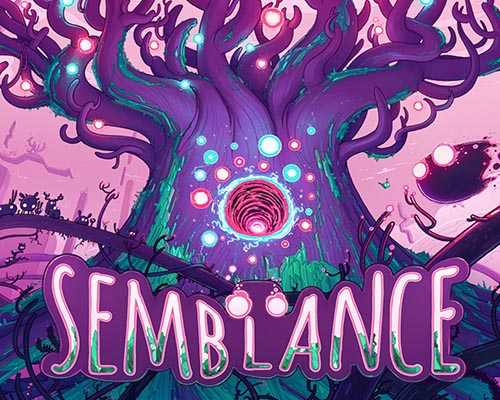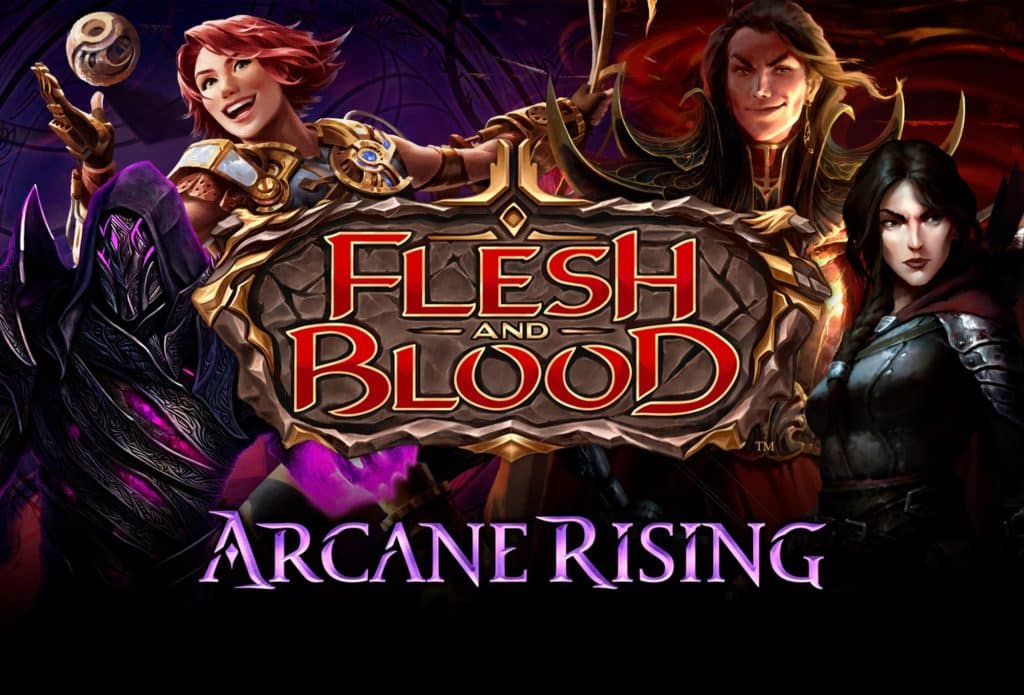
Drawing on Glissant’s concept of Relation (, 1997) in combination with feminist and new materialist theories (Braidotti, Haraway) and an “anthropology beyond the human” (Kohn, 2013), the research challenges a dualistic conception of self/Other and contributes to the decolonisation of contemporary art by opening and reinscribing the concept of belonging and identity beyond the human. This practice-based research sets out to explore artistic strategies that destabilise fixed notions of belonging and identity in the context of globalisation and diasporic art. In the course of the argumentation, notions of polyculturalism rhizomatic identity: the Foucauldian notion of a Ship of Fools minor minority difference and Otherness are explored as core aspects of the constructions around autobiographical trajectory in the nomadic context. Following Russell West-Pavlov, it is argued that autobiographical discourse continues to manifest as one of the most potent forms of ideology and that subjective nomadic ideology is utopianistically coloured.

The boat is interpreted as figuratively representing vessel transporting the nomadic individual as an autobiographical subject positioned in liminal and polycultural circumstances. Functioning as a hybrid vessel containing conceptions of global and nomadic transitivity, the image of boat forms the coalescing crux of the discourse in this article.


The trope of boat figures centrally in Dutch artist Florentijn Hofman’s travelling public artwork, Rubber duck (2007-2016) in the media images of migrant refugees arriving at European destinations by boat since 2015 and in British artist Paul McCarthy’s Ship Adrift, Ship of Fools (2010).

Through a close analysis of Mariella Mehr’s novel Stoneage (1990 ), read through a theoretical framework informed by Gilles Deleuze and Felix Guattari’s work on the “Body without Organs,” Giorgio Agamben’s reading of Primo Levi’s “Muselmann,” and vulnerability theory, this article aims to lay bare the ways in which law is implicated in the process of negating corporeal disorder in the context of a eugenic program conducted against the ‘unlawful’ body. The sedentarizing anti-nomadic program of removing children and incarcerating them as wards of the state in Switzerland between 1926 and1972 demonstrates a systematic juridical authorization of the attempt to disrupt and excise the ‘diseased’ and ‘degenerate’ body of the Yenish from the ‘ordered’ body of the pure state. At a time in which the corporeality of excluded subjects is prominent in socio-political discourse, this article proposes a critical interdisciplinary reading of the way in which the juridical positioning of the corporeal is designed to obscure the threatening ruptures in the originary body of the law.


 0 kommentar(er)
0 kommentar(er)
